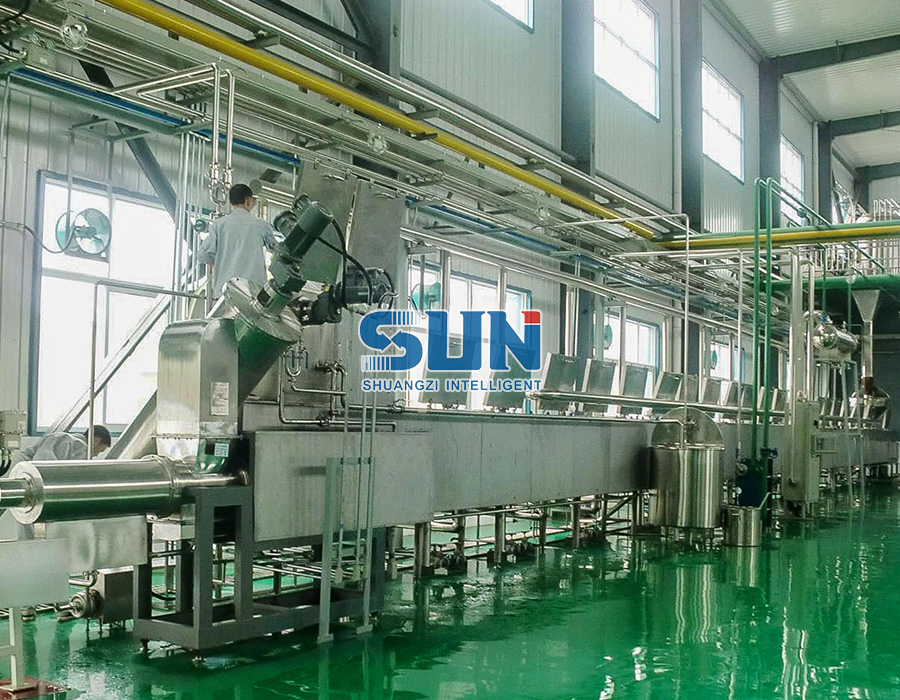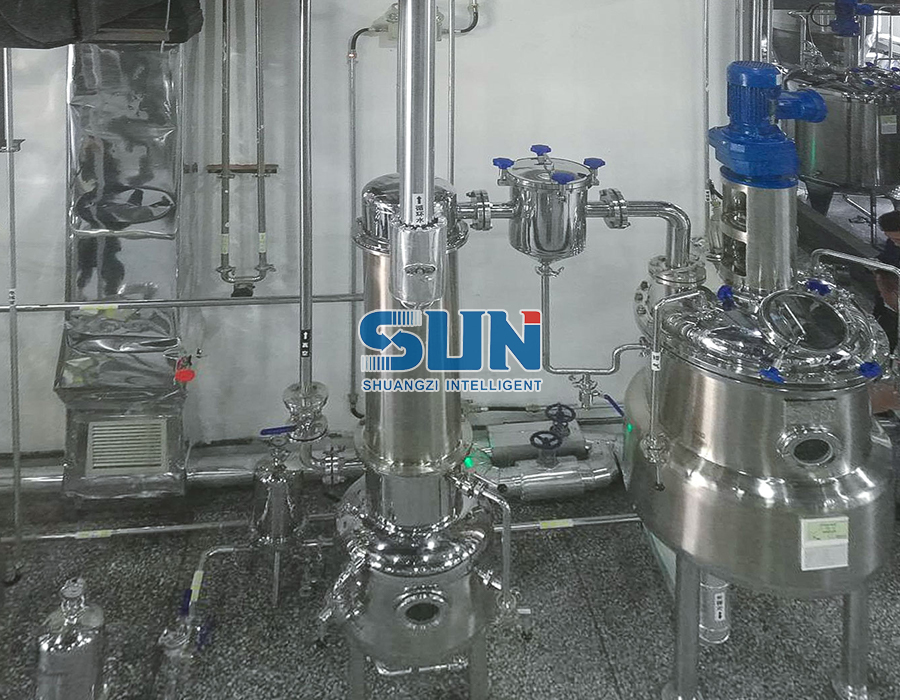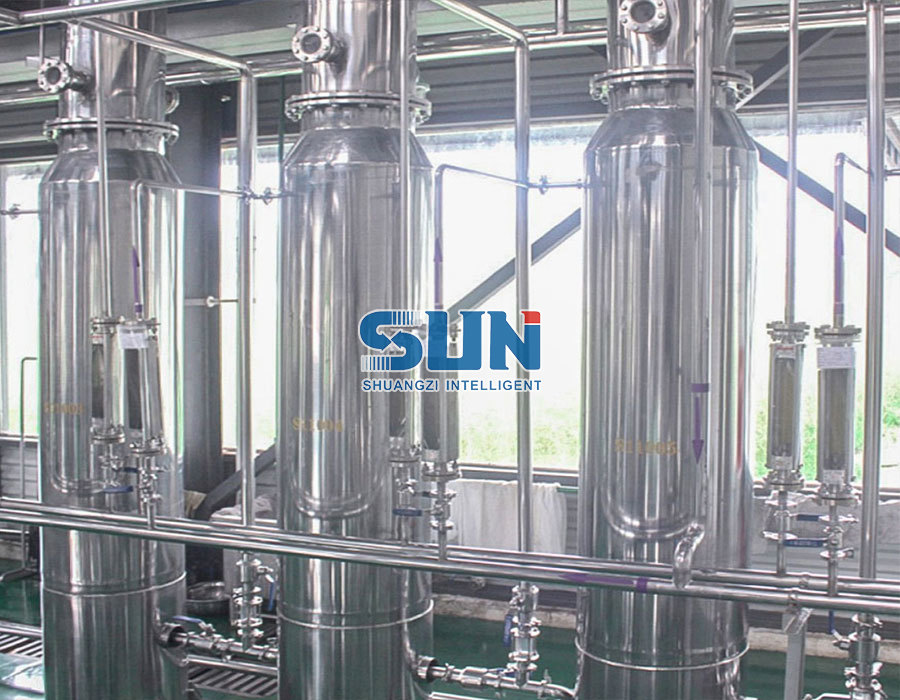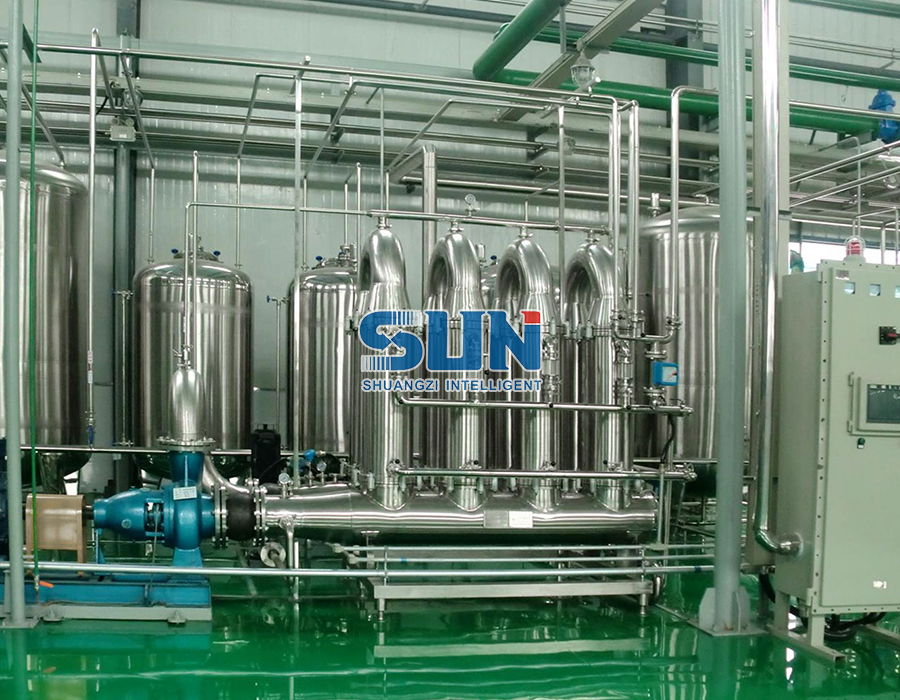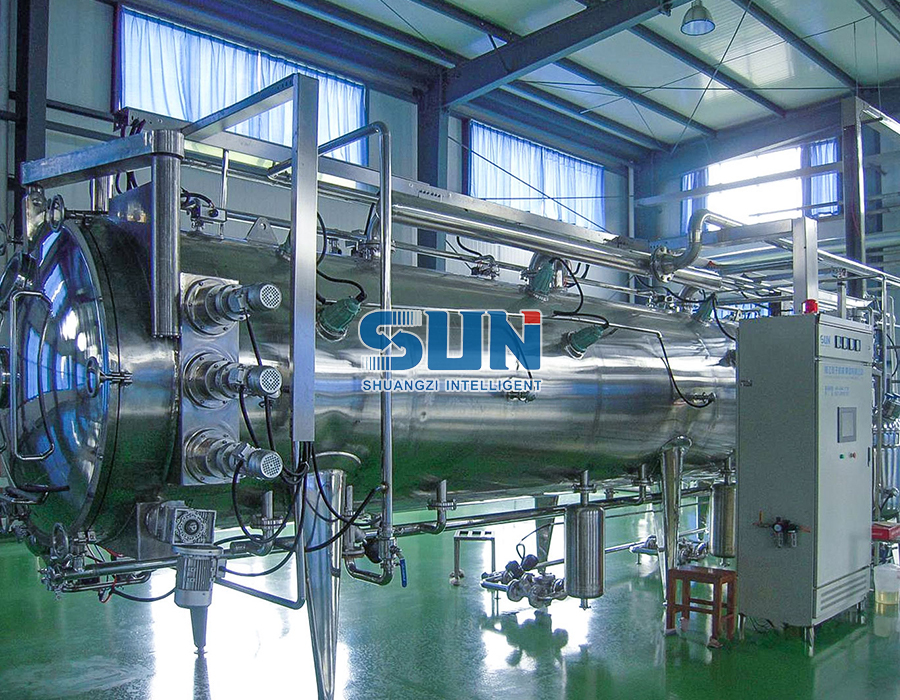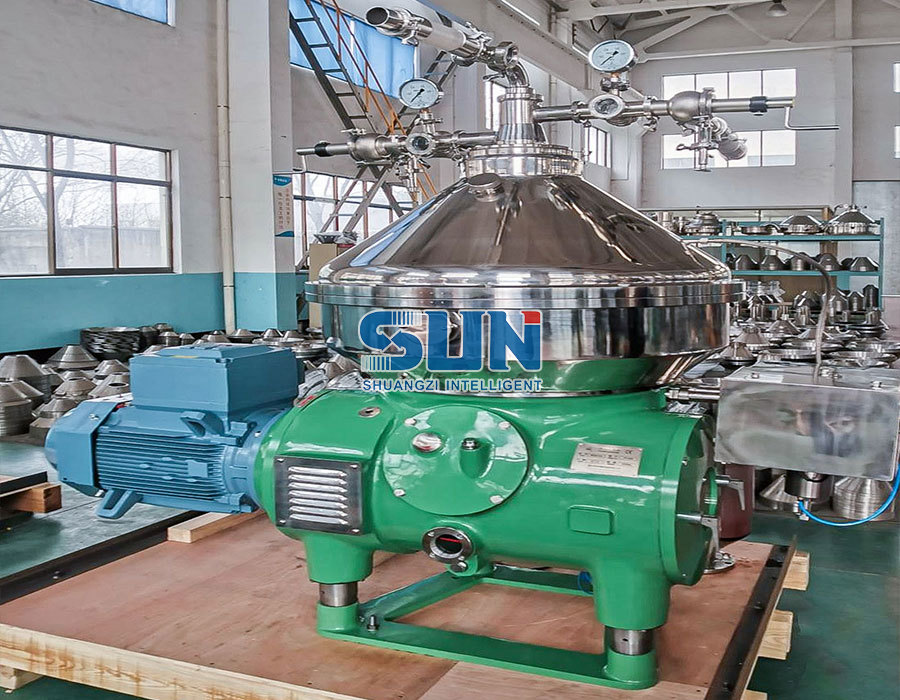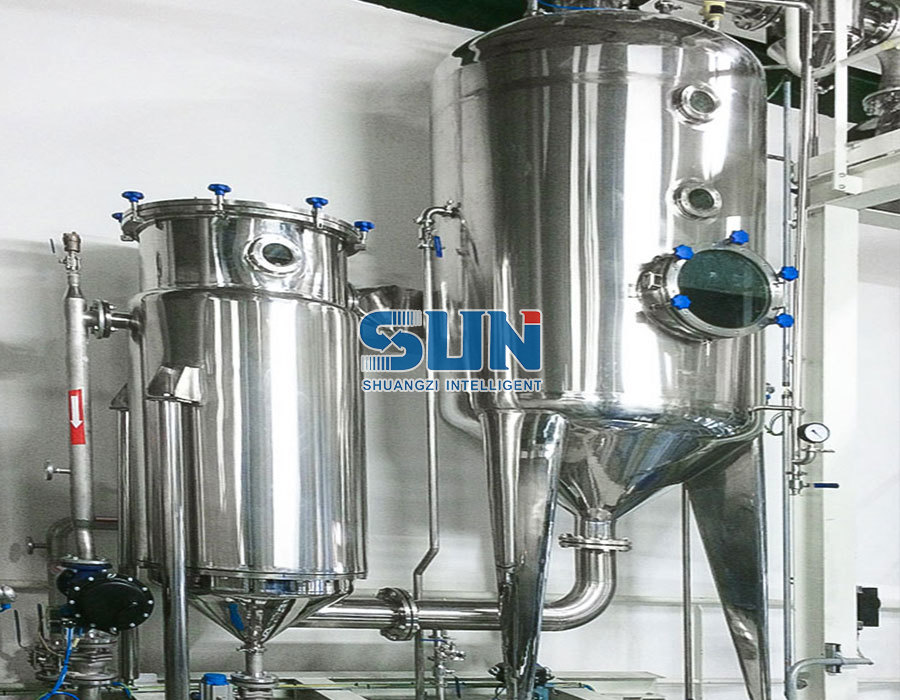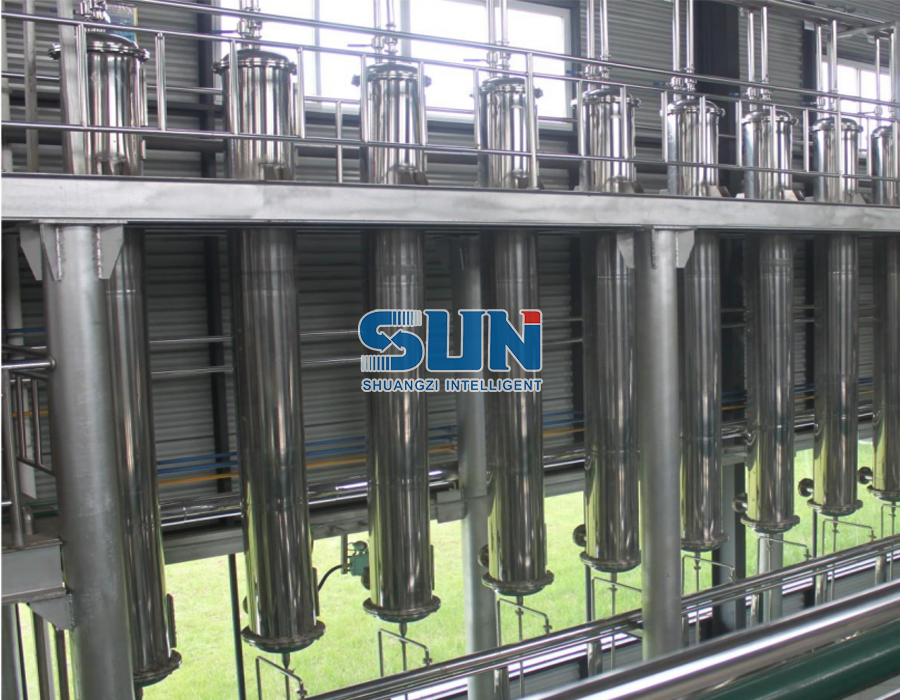Multifunctional extraction tank is the workhorses of many industries, from pharmaceuticals and nutraceuticals to botanical extracts and food processing. Among their most valued and frequently used operating modes is reflux circulation extraction. This sophisticated technique leverages the principles of condensation and continuous cycling to maximize yield, improve efficiency, and preserve delicate compounds.
However, achieving optimal results isn’t as simple as flipping a switch. Reflux extraction is a nuanced process where attention to detail separates a successful, high-quality extract from a mediocre or even failed batch. This article will explore the critical factors operators and process engineers must pay attention to when performing reflux circulation extraction to ensure safety, efficiency, and product excellence.
Understanding the Reflux Circulation Principle
Before diving into the operational details, it’s crucial to grasp the basic principle. Reflux circulation extraction involves heating a solvent and plant material (or other raw matter) in a sealed vessel. The solvent vapor rises, is captured and cooled by an integrated condenser, and then returned as a liquid to the tank to shower over the material again. This creates a continuous, closed-loop cycle.
The primary advantages of this method are:
Enhanced Efficiency: The constant cycling of fresh, warm solvent facilitates more complete compound dissolution.
Solvent Conservation: Because the system is closed, solvent loss through evaporation is minimized, reducing operational costs and environmental impact.
Temperature Control: It allows for extraction at the solvent’s boiling point without losing volume, which is ideal for heat-stable compounds.
Improved Extraction: The repeated percolation action helps to break down cell walls and flush out active constituents.
With these benefits in mind, let’s examine the key operational phases and their associated considerations.
Phase 1: Pre-Extraction Preparation and Checks
A successful extraction begins long before the heater is turned on. Meticulous preparation is the foundation.
Material Preparation (Comminution):
The particle size of your raw material is one of the most influential factors. If the material is ground too coarsely, the solvent cannot effectively penetrate the cells, leading to low yield. If it’s too fine, it can form a compact, impermeable bed that restricts solvent flow, causes channeling, and may even clog the filter plate or spray ball, leading to pressure buildup.
Attention Point: Achieve a consistent, optimal particle size through proper milling or grinding. The ideal size depends on the material’s density and structure but often ranges from coarse sand to a rough powder. Always conduct small-scale tests to determine the best size for your specific application.
Solvent Selection and Preparation:
The choice of solvent (water, ethanol, hexane, etc.) is dictated by the solubility of your target compounds. However, its preparation is key for reflux.
Attention Point: Solvent Concentration. For hydro-alcoholic solutions, ensure the concentration is precisely mixed before loading. The reflux process will maintain, not alter, the concentration in the vessel. Also, consider the solvent’s boiling point relative to your target compounds; you want to extract the actives, not degrade them with excessive heat.
Loading the Tank:
How you load the material basket affects extraction uniformity.
Attention Point: Avoid simply dumping material in. Load it evenly to prevent density gradients. Do not overpack the basket; leave adequate headspace for the solvent to expand and circulate freely. Ensure the material is not piled high enough to touch or block the spray device.
System Sealing and Safety Inspection:
A reflux system must be airtight to prevent solvent vapor loss, which is a safety hazard, an economic loss, and a process failure.
Attention Point: Conduct a thorough pre-operation check. Inspect the main lid gasket, sight glasses, and all valve seals for wear, cracks, or degradation. Perform a pressure hold test if possible. Confirm that all discharge valves are tightly closed to prevent leaks during operation.
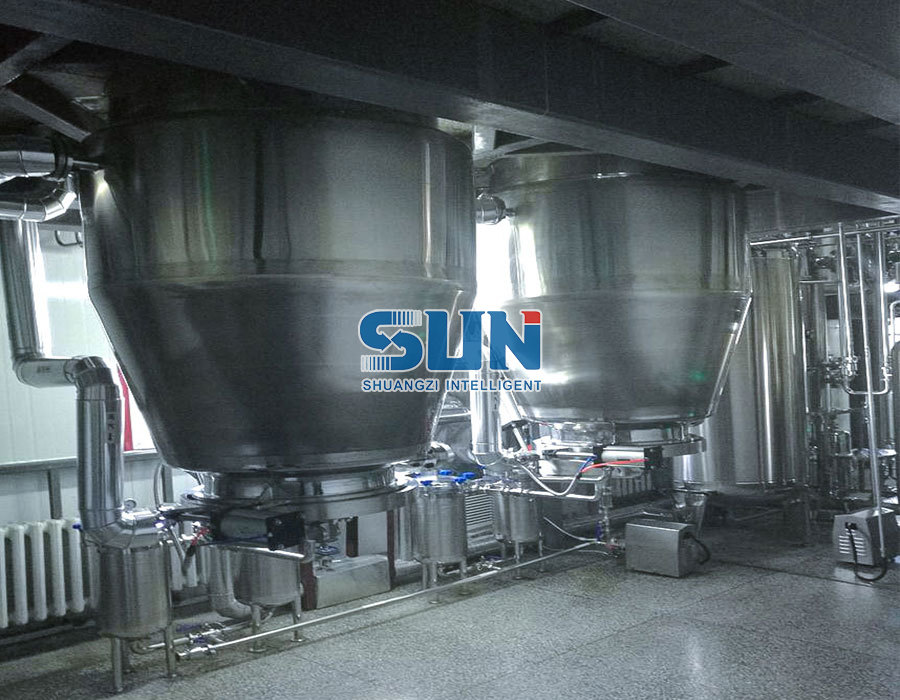
Phase 2: Critical Parameters During the Extraction Process
This is where real-time monitoring and control are paramount.
Temperature Control and Gradient:
Heating is the driver of the process, but more heat is not always better.
Attention Point: The goal is to maintain a stable, consistent temperature at the solvent’s boiling point. Avoid rapid, aggressive heating, as it can cause bumping (violent, uneven boiling) and potentially degrade thermolabile compounds. Utilize the tank’s jacket and control system to bring the temperature up steadily and hold it precisely. Monitor the temperature gradient between the top and bottom of the vessel to ensure even heating.
Condenser Performance:
The condenser is the heart of the reflux loop. If it fails, the process fails.
Attention Point: Constantly monitor condenser coolant flow and temperature. The coolant (usually water) must be flowing at a sufficient rate and low enough temperature to fully condense all rising vapors. If the outlet temperature of the condenser is too high, it indicates insufficient cooling, leading to solvent loss and potential pressure buildup. In high-humidity environments, ensure the condenser capacity is rated for the tank’s maximum evaporation rate.
Circulation Rate and Dynamics:
The extraction isn’t just happening in the boil; it’s happening as the solvent showers through the herb bed.
Attention Point: Observe the rate of circulation. It should be a steady, continuous flow. The spray device (e.g., a spray ball) should be functioning correctly, distributing the condensed solvent evenly over the entire surface of the material bed. Uneven distribution leads to channeling, where solvent takes the path of least resistance, leaving parts of the material unextracted.
Pressure Management:
While a true reflux extraction is often performed at atmospheric pressure, slight positive pressure can build up.
Attention Point: Keep a close eye on the pressure gauge. A sudden spike in pressure could indicate a blockage in the vapor path, a malfunctioning condenser, or an overfilled tank. The system should be equipped with safety relief valves, but operators must never rely on them as a primary control point.
Process Timing:
Extraction is a function of time, but it follows a curve of diminishing returns.
Attention Point: Do not arbitrarily set the extraction time. The optimal duration must be determined experimentally for each material. Over-extraction wastes energy and can begin pulling out unwanted, insoluble compounds (like chlorophylls or tannins), which can compromise the purity and color of the final extract.
Phase 3: Post-Extraction and System Care
The process doesn’t end when the heater is turned off. Proper conclusion and cleaning are vital for repeatability and equipment longevity.
Cooling and Draining:
After the cycle is complete, the system will be hot and under residual pressure.
Attention Point: Allow the system to cool down sufficiently before attempting to open any ports. Follow a controlled depressurization procedure if necessary. When draining the extract, do so smoothly to avoid disturbing the spent marc (the extracted plant matter) excessively, which could cloud the solution with fine particles.
Marc Discharge and Cleaning:
Spent plant material can compact and be difficult to remove.
Attention Point: Use the built-in agitator (if equipped) to break up the marc before discharge. Ensure the discharge door is fully clear before opening. Thorough and immediate cleaning is non-negotiable. Residual material can bake onto the heating surface, harbor microbial growth, and contaminate the next batch. Clean the filter plate meticulously to maintain proper flow for future extractions.
Solvent Recovery:
For processes using organic solvents, the spent marc will be saturated with valuable solvent.
Attention Point: Implement a recovery step, such as steam stripping or pressing, to reclaim as much solvent as possible from the marc. This is critical for cost reduction and environmental compliance.
Conclusion: A Symphony of Controlled Variables
Mastering reflux circulation extraction in a multifunctional extraction tank is about understanding and harmonizing a set of interconnected variables. It is not merely a thermal process but a mechanical and physical one, dependent on fluid dynamics, heat transfer, and mass transfer.
By paying meticulous attention to the details of material preparation, solvent selection, real-time parameter control, and post-process handling, operators can consistently produce superior extracts. This method, when executed with precision, unlocks the full potential of the multifunctional extraction tank, turning it from a simple vessel into a powerful engine of efficiency and quality in industrial extraction processes. Remember, the most sophisticated equipment is only as good as the knowledge and diligence of the person operating it.


 英语
英语 俄语
俄语